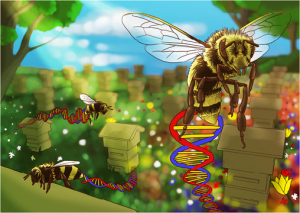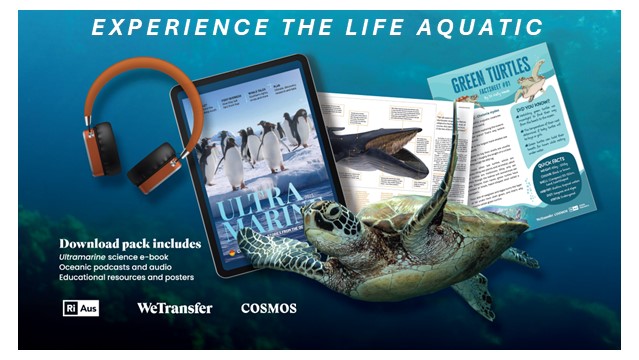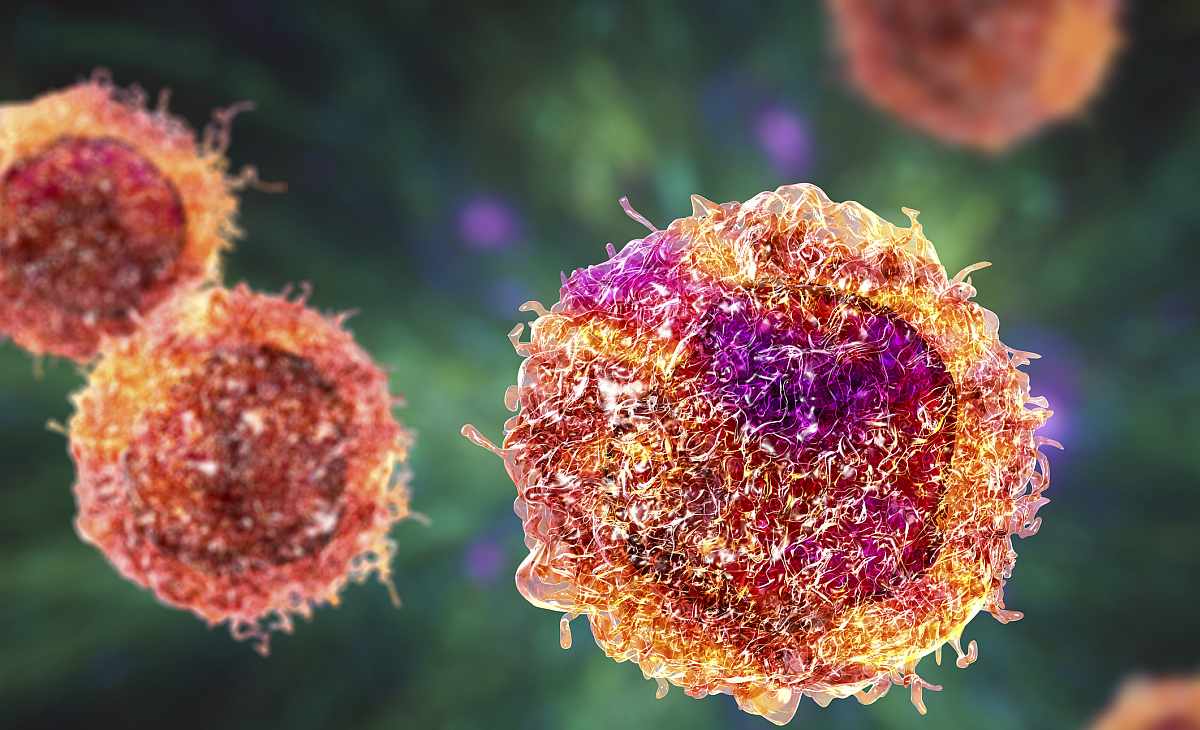What is a scientific illustrator? Observation, patience and attention to detail are skills necessary for both art and science. In Situ Science explores what it takes to be a scientific illustrator specialising in producing highly detailed and accurate images that demonstrate scientific concepts, specimens and procedures.
Highlight a career that combines both art and science in this resource for Year 7, 8, 9 and 10 STEM students.
Word Count / Video Length: 587 / 4:17 mins
In a world where we all carry cameras in our pocket, why do scientists still rely on illustrators?
A photograph can capture many things, but not necessarily a reader’s attention or the right details.
That’s why there will always be room for scientific illustrators, explains Dr Erin Walsh of the ANU Research School of Population Health.
“I think there’s a slowly increasing resurgence of science illustrators as people realise that photographs aren’t enough.”
For evidence of this claim look no further than her recent illustrations in the Journal of Conservation Physiology: In Action, a public engagement series.
Her work lies at the end of an article about pandas being matched for breeding by their personalities.
A panda seductively drapes its arm over a tree branch, drenched in sunrays.
Another panda, her potential suitor, looks longingly up at her while being approached for an embrace by a third.
This single illustration does what 100 photos could not: it conveys the romantic dynamics between pandas so that humans can understand.
Or at the very least, it gets them interested.
“The idea is that the illustration gets the reader’s attention, then they read the rest of the text and the image gives it context,” Dr Walsh explains.
Other illustrations by Dr Walsh include honeybees with their own DNA strands dragging behind them, and shocked fish congregating around an underwater thermometer.
It would take some serious animal training or a lot of Photoshop to get that on camera.
Capturing the public’s attention (and imagination) is important not only to spread knowledge, but to gain it.
Dr Walsh says it was during the completion of her PhD in psychology at ANU that she really became aware of the incredible need for scientific illustrators.
“I started off illustrating my own work. Particularly in psychology you can draw things to attract people to your research so you get more participants.”
More and more of her colleagues came knocking on her door asking for help with their posters and creating visual stimuli for experiments. So she decided to become a scientific illustrator as well as a scientist.
And engaging people is only the half of it.
Just as political cartoonists can express and emphasise aspects of a situation that a photo of the subject cannot, scientific illustrators can draw out the essential information from an image to make it scientifically useful.
“A common example is when you go swimming and see a fish in the ocean. You could take a photograph of that fish, but if the lighting or angle is wrong, that image alone won’t be enough to identify it.
“The untrained eye isn’t going to know what’s important to distinguish that species of fish from another, so what an illustrator does is take that artistic information and pull out a scientific point.”
Anyone can take a picture of an animal, plant or insect they haven’t seen before, but only someone with scientific training can do so in a way that can tell us whether it’s a brand new species or not.
Medicine as we know it today would not exist without scientific illustrations of medicinal herbs and plants drawn hundreds of years ago, or knowledge of the human anatomy as depicted by scientific artists such as Leonardo da Vinci.
Nowadays, having artistic skill and a scientific background can also mean a lot of visual data mapping and ensuring that information is presented as tangibly as possible.
No matter the stroke or the folk, however, it’s clear that scientific illustration is here to stay.
Login or Sign up for FREE to download a copy of the full teacher resource







